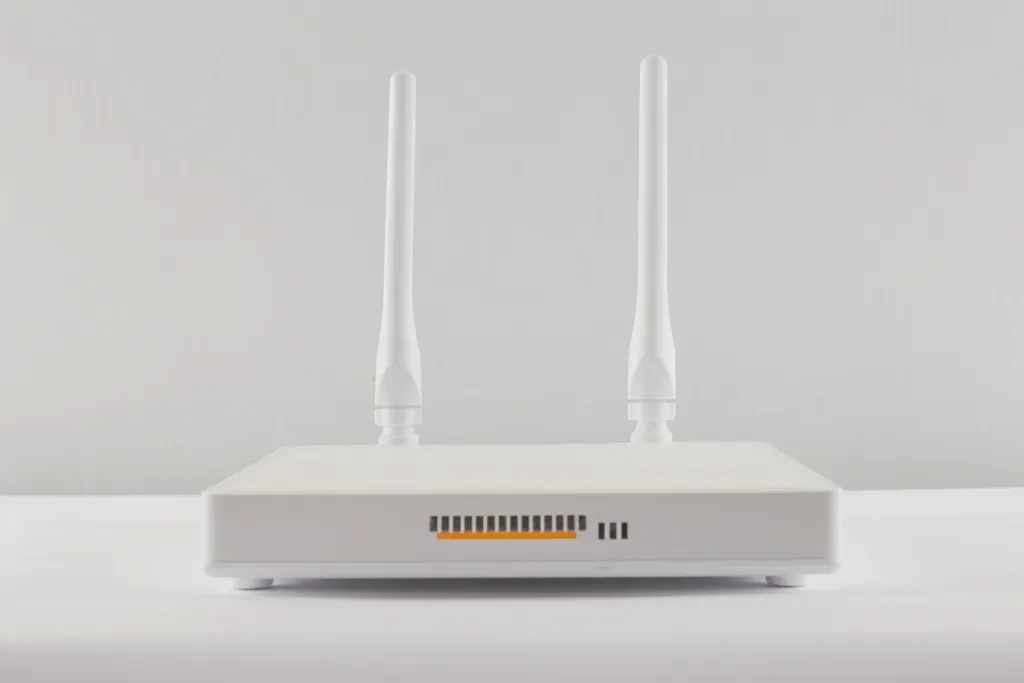In the digital era, staying connected is more important than ever. Modems play a pivotal role in facilitating internet access, making understanding them essential. This article explores what modems are, how they function, their pros and cons, and offers guidance on selection and usage.
Table of Contents:
– What is a modem?
– How does a modem work?
– Benefits and drawbacks of modems
– How to choose a modem
– How to use a modem
What is a modem?

A modem, short for modulator-demodulator, is a crucial piece of hardware in the realm of digital communication. It serves as the bridge between your local network and the wider internet. By converting digital data from a computer into a format suitable for transmission over analog communication lines, such as telephone or cable lines, modems facilitate internet connectivity. This conversion process is fundamental to the operation of the internet as we know it, allowing for the seamless exchange of data across vast distances.
Modems come in various forms, including external devices that connect to your computer or router via an Ethernet cable, and internal modems that are built directly into devices. There are also different types of modems based on the method of connectivity they utilize, such as DSL (Digital Subscriber Line), cable, or fiber-optic modems. Each type has its unique characteristics and is compatible with specific types of internet service.
Understanding the role and functionality of modems is paramount for anyone looking to establish or troubleshoot an internet connection. They are not just passive conduits but active participants in digital communication, performing complex processes to ensure data is accurately transmitted and received across the global network.
How does a modem work?

The core function of a modem is to modulate and demodulate signals for data transmission. In the context of internet connectivity, this involves converting the digital data from your computer into analog signals that can travel over traditional phone lines, cable networks, or fiber-optic connections. Upon reaching its destination, these signals are then demodulated back into digital form so the receiving device can interpret the data.
This process starts when a digital signal is sent from your computer to the modem. The modem modulates this signal, preparing it for transmission over the chosen medium. For example, in a DSL system, the digital data is converted into a high-frequency tone that can be transmitted over telephone lines without interfering with voice services. Once the data arrives at its destination, the receiving modem demodulates the signal, converting it back into a digital format for the receiving computer or network.
Error correction and compression are also integral to a modem’s operation. These functions ensure that data is transmitted efficiently and accurately, minimizing the impact of any potential interference or signal degradation over long distances. By handling these complex tasks, modems enable reliable and fast internet connectivity, bridging the gap between local networks and the global internet infrastructure.
Benefits and drawbacks of modems

Modems offer several benefits, starting with enabling internet access. They provide a means to connect to the internet from virtually anywhere, assuming the availability of a compatible transmission line. Additionally, modern modems are designed to support high-speed internet connections, allowing for rapid downloading and uploading of data, streaming of high-definition video, and smooth online gaming experiences.
However, modems also have their drawbacks. One significant limitation is their dependency on the type of internet service available in your area. For instance, if your region only supports DSL, you may not achieve the same speeds as someone with access to a fiber-optic connection. Furthermore, modems can become outdated as technology advances, requiring upgrades to keep up with new standards and speeds offered by internet service providers.
Another consideration is the physical limitations of modems. They require a direct connection to your internet service provider’s network, which can be a challenge in remote or underserved areas. Additionally, the quality of your modem can significantly affect the stability and speed of your internet connection, making it crucial to choose a reliable device.
How to choose a modem

Selecting the right modem is essential for maximizing your internet connectivity and performance. The first step is to determine the type of internet service available in your area, as this will dictate the kind of modem you need. For example, if you have DSL service, you’ll require a DSL modem. It’s also important to check with your internet service provider for any specific modem requirements or recommendations.
Consider the speed of the modem in relation to your internet plan. Purchasing a modem that supports speeds higher than your current plan can be a good future-proofing strategy, especially if you plan to upgrade your service. Additionally, look for modems with advanced features such as built-in routers, which can simplify your setup by combining two devices into one.
Lastly, consider the brand and model’s reputation for reliability and customer support. Reading reviews and seeking recommendations can provide valuable insights into a modem’s performance and the manufacturer’s responsiveness to issues. Choosing a well-supported modem can save you from potential headaches down the line.
How to use a modem

Using a modem effectively starts with proper installation. This typically involves connecting the modem to your internet service provider’s network via a phone line, cable, or fiber-optic connection. Once connected, you’ll need to link the modem to your computer or router, usually through an Ethernet cable. Some modems also offer wireless connectivity, allowing you to connect devices without cables.
Configuring your modem is the next step. This might involve installing software on your computer or accessing the modem’s settings through a web interface. During setup, you can configure various settings, such as network names (SSID) and passwords for wireless models, to secure your internet connection.
Regular maintenance, such as updating the modem’s firmware and monitoring its performance, can help ensure it continues to operate efficiently. If you encounter connectivity issues, troubleshooting steps might include restarting the modem, checking connections, or contacting your internet service provider for assistance.
Conclusion: Modems are indispensable tools in our connected world, acting as the gateway between our local networks and the vast expanse of the internet. By understanding how modems work, their benefits and limitations, and how to choose and use them effectively, you can ensure a stable and speedy internet connection. Whether for work, entertainment, or staying in touch, a reliable modem is key to unlocking the full potential of the internet.



